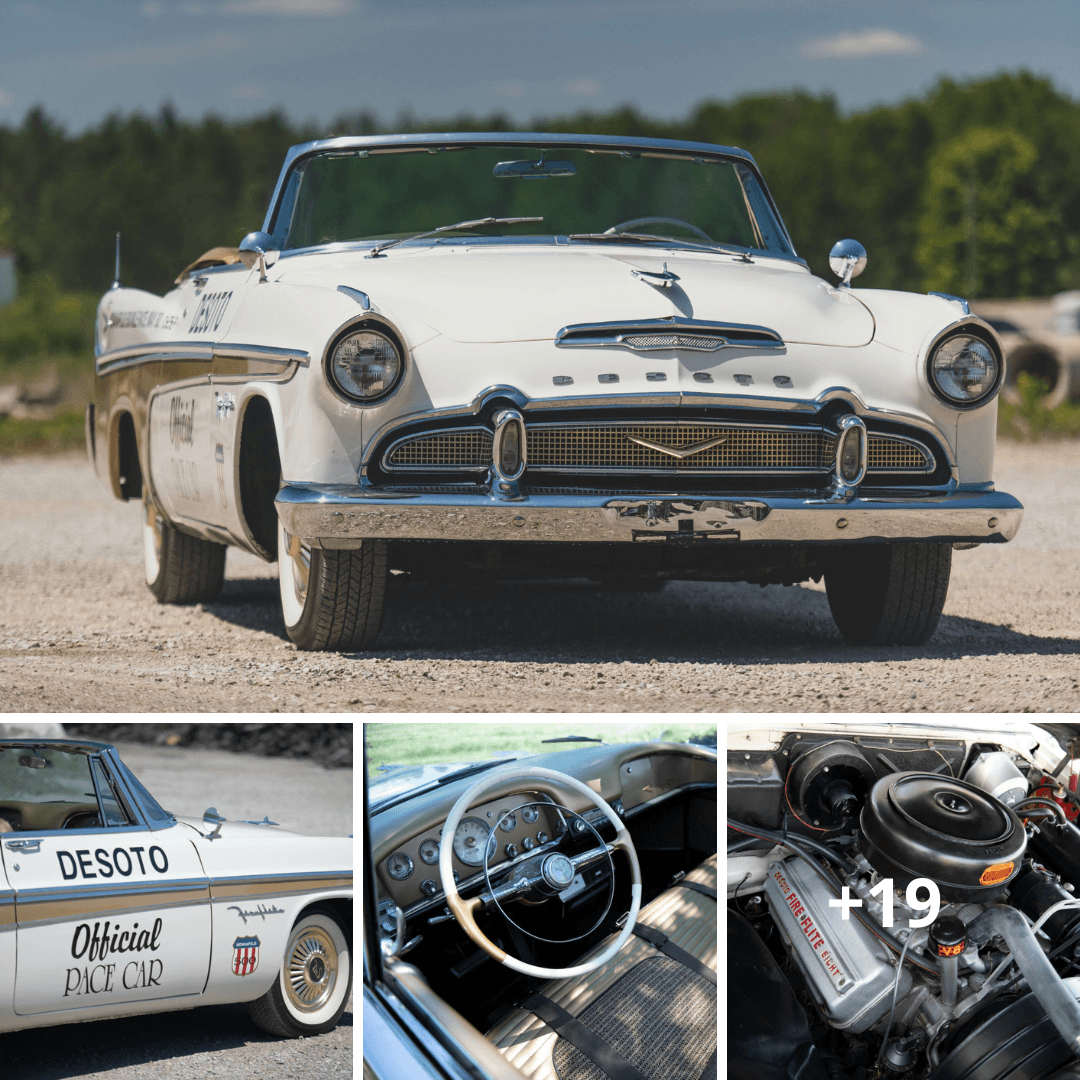Timeless Elegance: Unveiling the 1956 DeSoto Fireflite Pacesetter Convertible
Pho Nguyen
- 18 Apr 2024

The DeSoto, which was separate from its predecessor, the Edwardian, which was only around for a brief time, made its debut in 1929 under the banner of Chrysler Corporation. Its purpose was to bridge the gap between the upscale Chrysler and the new Plymouth. In spite of a spectacular debut that led to record-breaking sales that lasted for three decades, DeSoto faltered in the midst of Chrysler’s efforts to streamline its brands. Dodge’s affordability and Chrysler’s prominence were the primary factors that contributed to DeSoto’s failure.
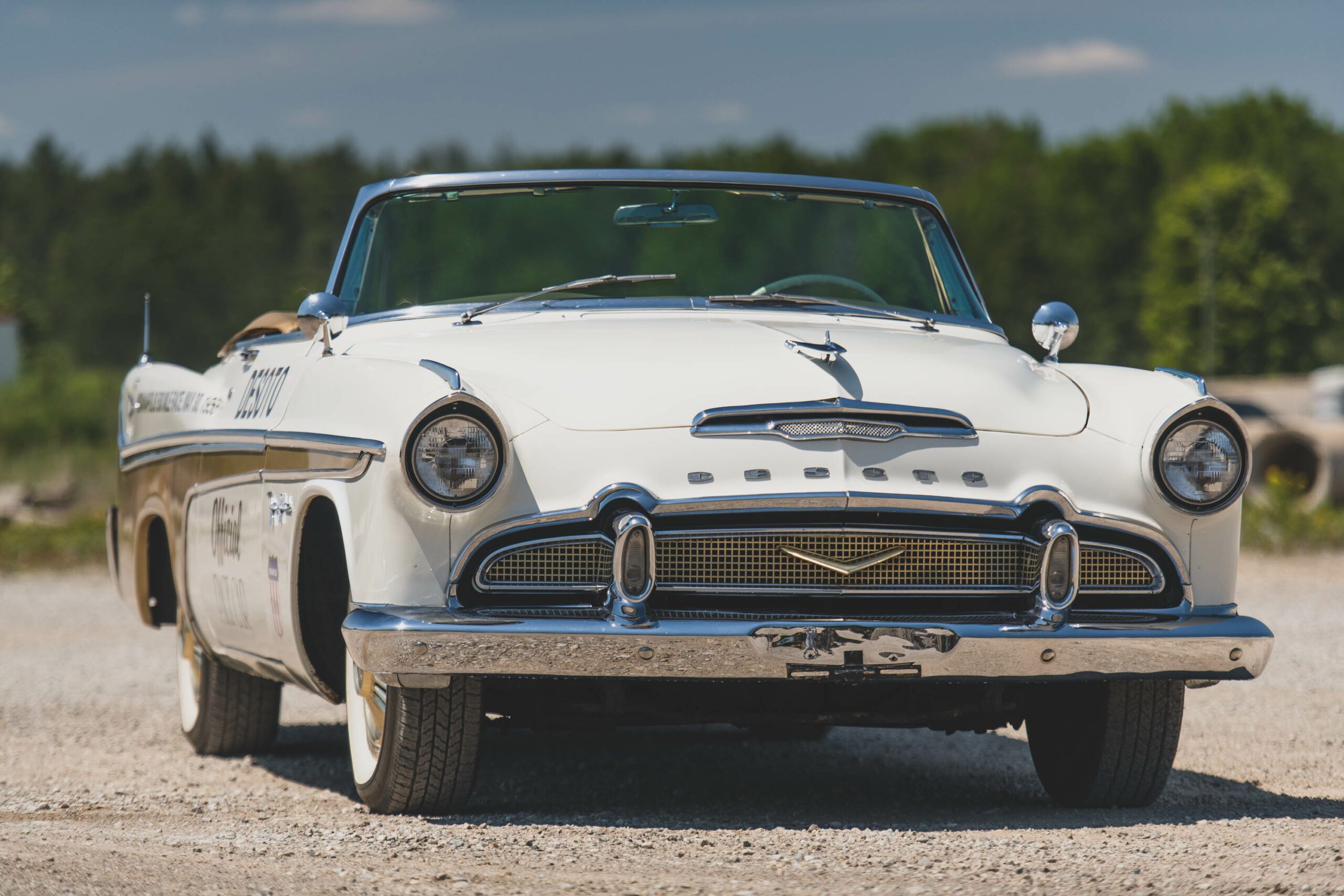

After World War II, DeSoto began civilian manufacture in 1946, and until the early 1950s, it continued to produce the same models it had produced in 1942 with only minor modifications. The transition in the industry toward V8 engines resulted in the creation of Chrysler’s legendary “Hemi” engine, with DeSoto’s derivative being given the name “FireDome.” Virgil Exner’s ‘Forward Look’ design, which was exemplified by the FireFlite series, was the result of later restyles that led to the introduction of the brand’s OHV V8 when it was first introduced in 1952.
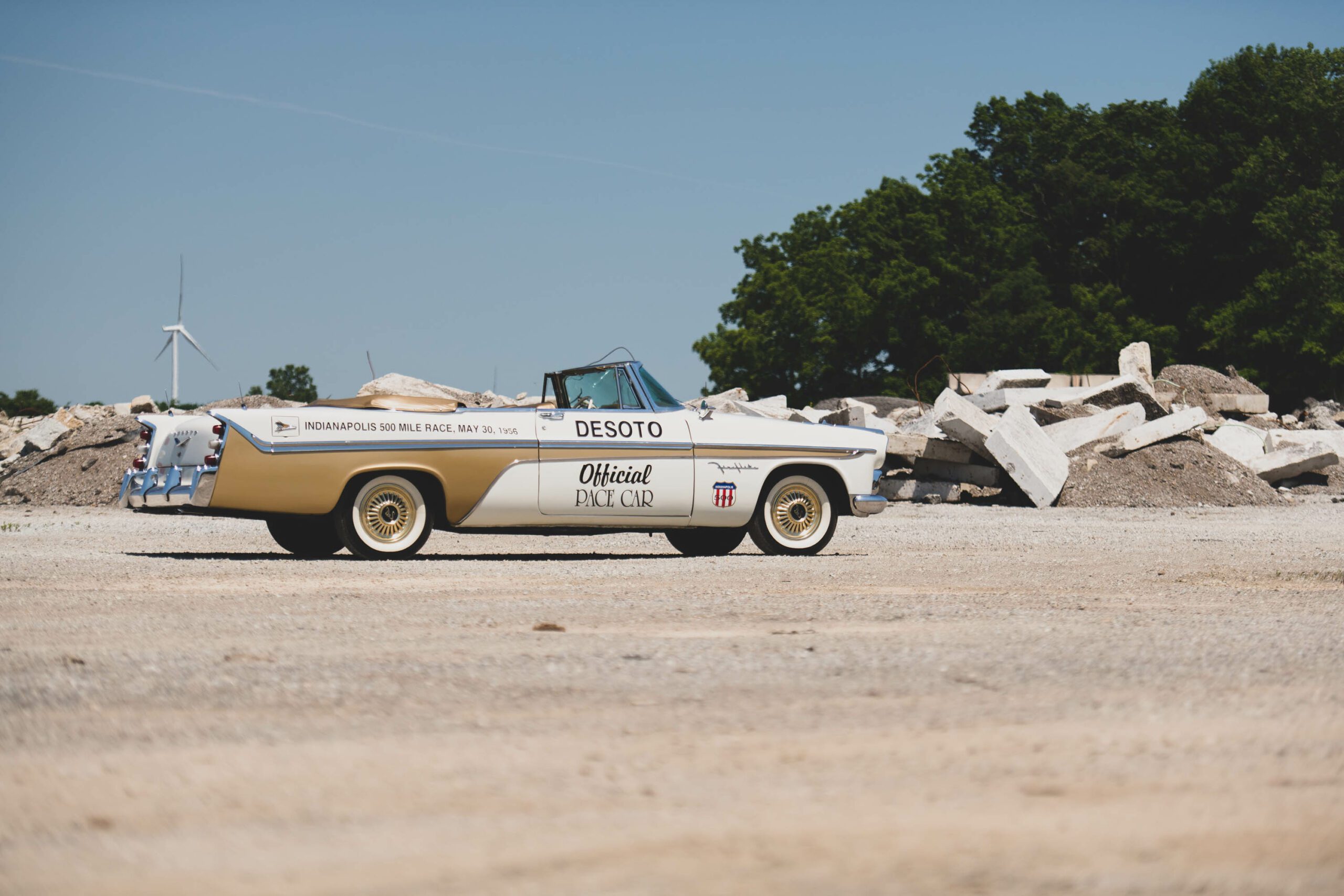

The FireFlite was available in sedan, hardtop coup, and convertible body styles, with the latter being particularly limited in production. It was powered by a FireDome V8 engine that produced 200 horsepower.



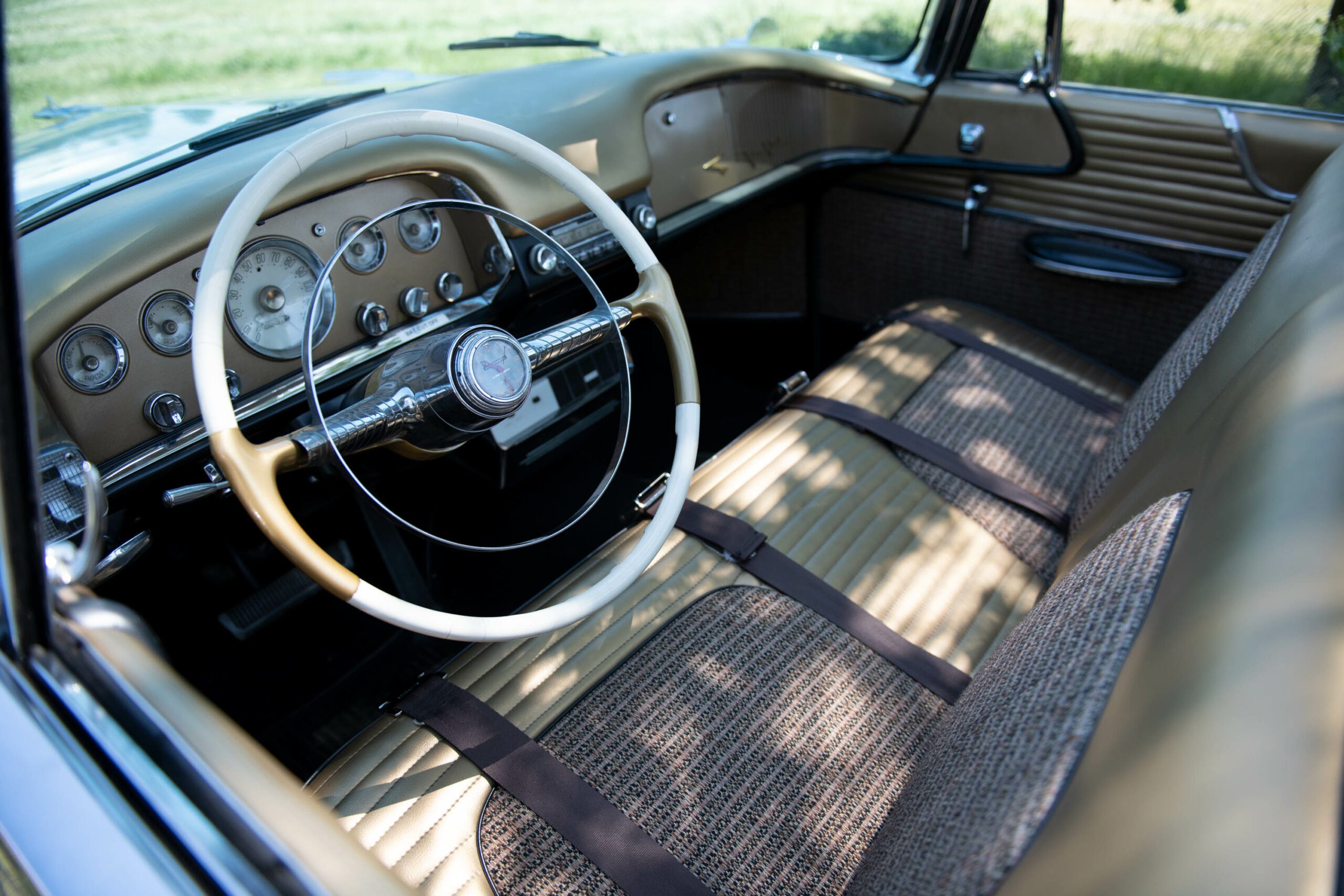
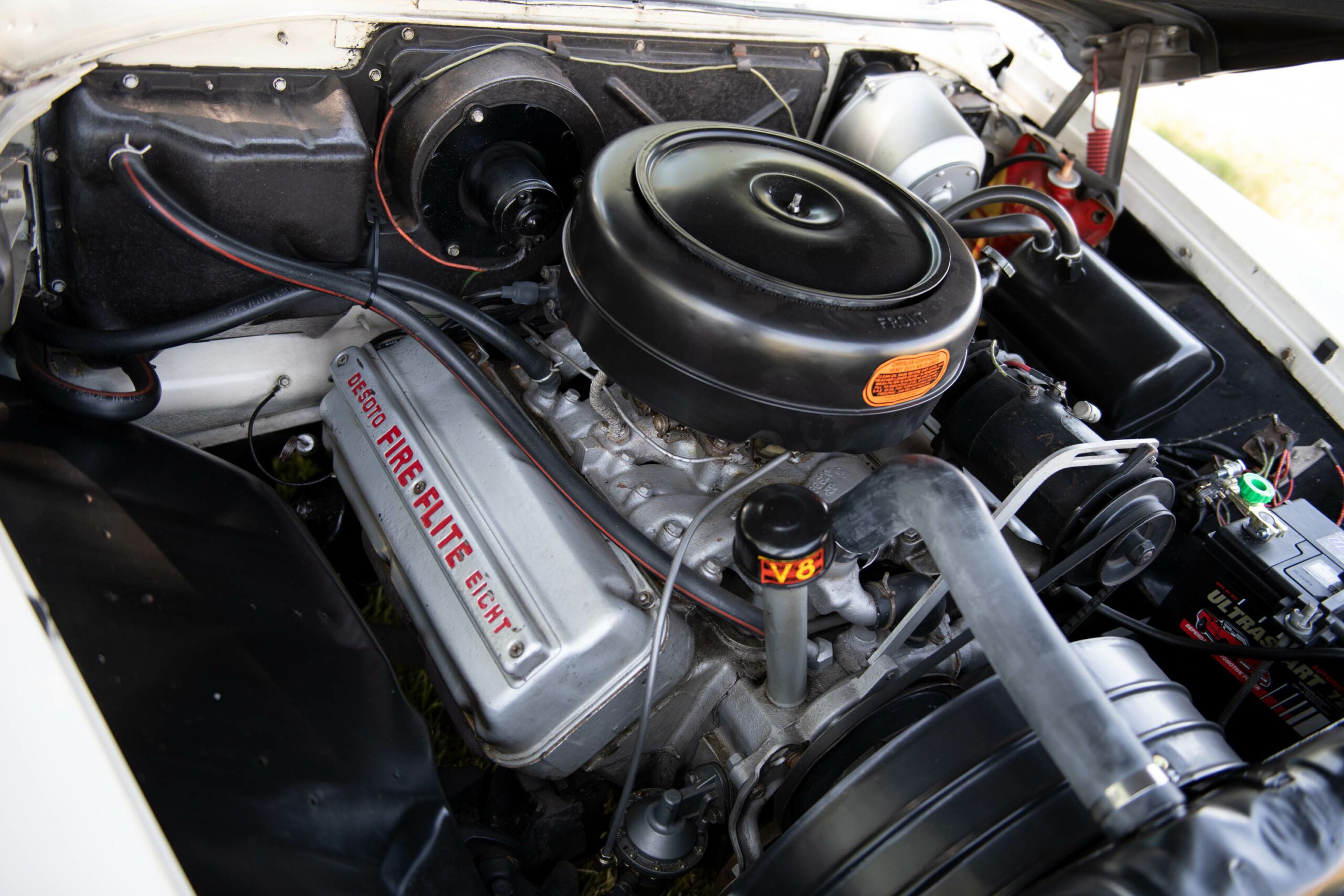


Six years ago, in 1956, the FireFlite convertible was awarded the prestigious title of the Indianapolis 500 Pace Car champion. Despite this, DeSoto was unable to survive for more than a few years due to intense rivalry, which included Chrysler’s very own Newport. As a result, production of the vehicle came to a stop in November of 1960.
.

.

.

.

.

